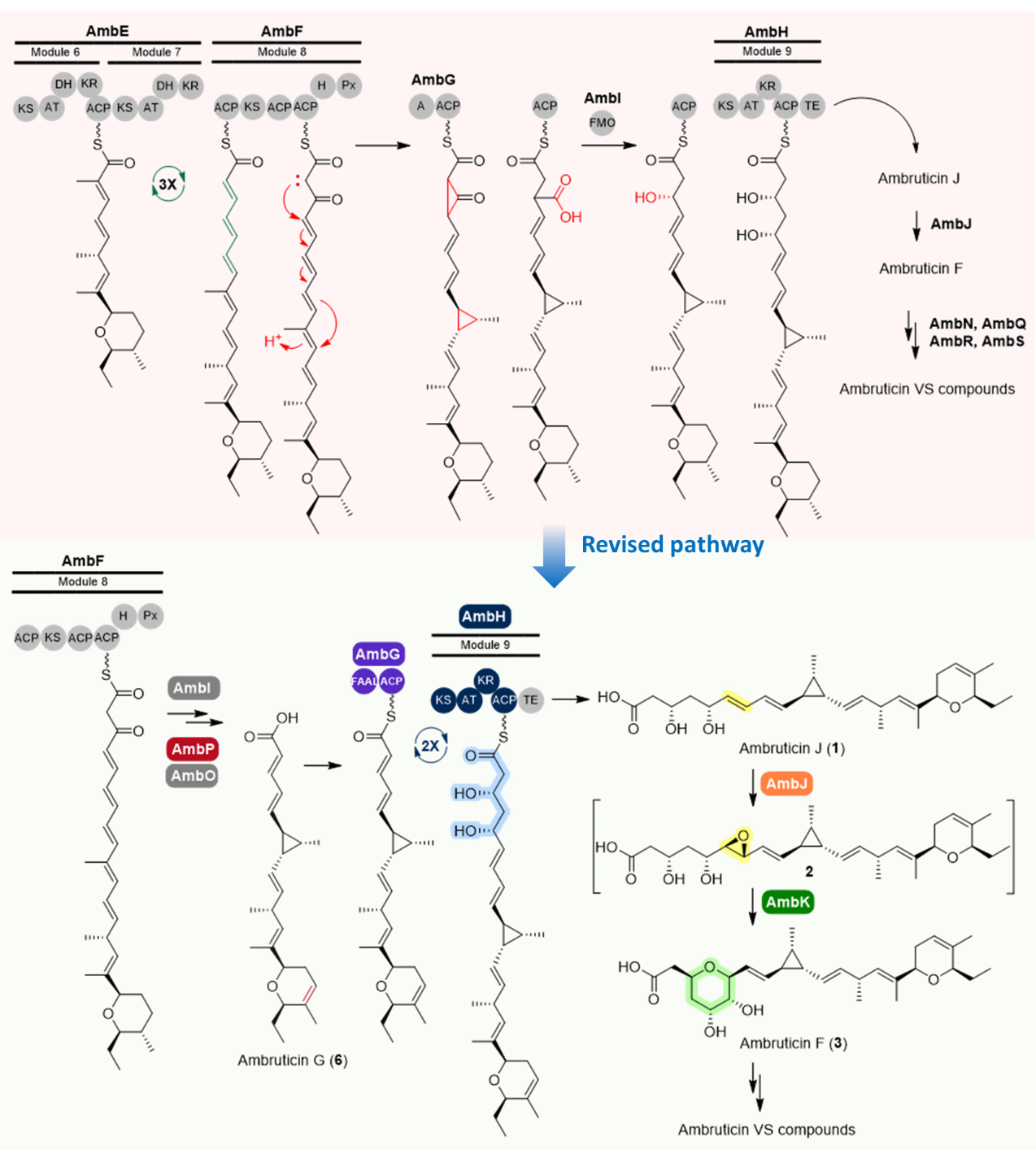Sorangium cellulosum, a cellulolytic myxobacterium, produces diverse bioactive natural products, including the anticancer drug epothilones. Progress in understanding and harnessing these metabolites has long been limited by the absence of robust genetic tools. Prof. WANG Luoyi’s lab at the Institute of Microbiology, Chinese Academy of Sciences has now developed a versatile genetic engineering method broadly applicable to S. cellulosum strains, enabling new insights into myxobacterial natural products biosynthesis. This work was published in Nature Communications.
Due to their slow growth, complex lifecycle, and large, GC-rich genomes packed with repetitive sequences and intrinsic antibiotic resistance genes, Sorangium strains are notoriously difficult to engineer. Previous gene disruption efforts via E. coli–mediated conjugation suffered from low efficiency, unstable recombination, and strain-specific limitations. The newly developed electroporation approach overcomes these barriers, enabling robust genetic manipulation across multiple Sorangium strains.
Using this method, the team unraveled the complex biosynthesis of the antifungal compound ambruticin, revealing critical roles for the previously mysterious enzymes AmbH and AmbK. These insights shed light on both the assembly of the polyketide backbone and the tailoring steps, prompting a major revision of the ambruticin biosynthetic pathway.
Beyond advancing our understanding of myxobacterial metabolism, this study establishes a versatile platform for engineering Sorangium strains, paving the way for advanced metabolic engineering and the discovery of new natural products.
The study was done in collaboration with the University of Bristol. The work was supported by the National Key Research and Development Program of China, the National Natural Science Foundation of China, the Strategic Priority Research Program of the Chinese Academy of Sciences, and the Beijing Municipal Science & Technology Project, China.

Figure: Revised biosynthetic pathway of ambruticin. (Image by Prof. WANG Luoyi’s group)
Full text link: Genetic engineering of Sorangium cellulosum reveals hidden enzymology in myxobacterial natural product biosynthesis